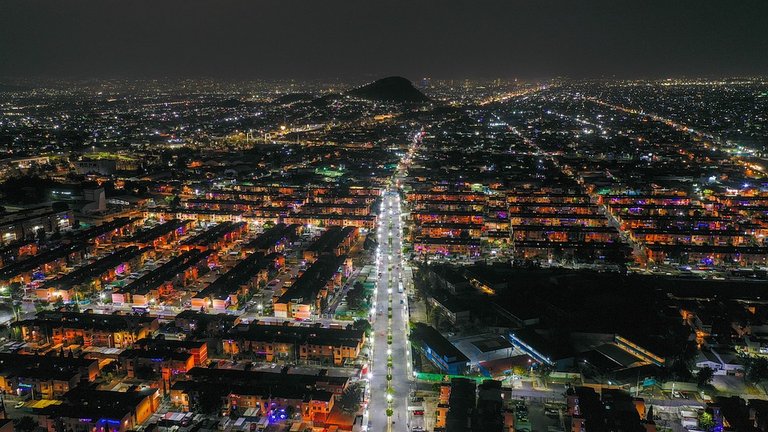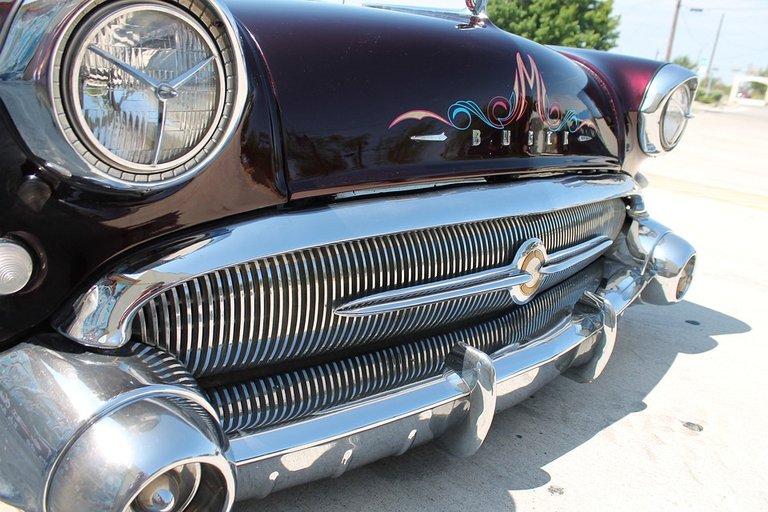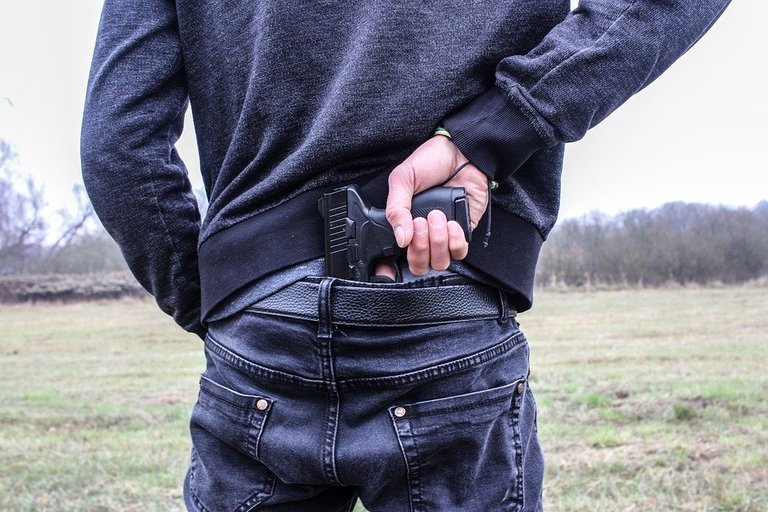This post is a response to this week's question by the InidaUnited community: How safe is your country?
You Live WHERE???
When asked about where I live, I have gotten used to the incredulous shock that my answer of Mexico City provokes. This is most typical for US Americans, especially those who have never been abroad. Sometimes this is even followed by something like "Well, I never could ..." ending in a mutter, when they realize they have no idea what they're talking about. But who can blame them? After all the media is busy painting a horrific image of cartels, crime, and violence, overshadowing even the best aspects of the country. And while all of this may be true, it is by no means the defining characteristic of Mexico. All I can say from my own experience, is that in more than a decade of living here, I have never once felt unsafe.
Well, That's Easy to Say in Your Gentrified Neighborhood!
Maybe. I live in San Miguel Chapultepec, a neighborhood adjacent to the truly gentrified Condesa, as well as Chapultepec Park. However, on the other side we have Tacubaya, which is still eons away from being anything close to up-and-coming, putting our area on a nice middle ground. But does that even matter? It's not like I haven't experienced other, "rougher" parts of town...
When I first came to Mexico City I lived in the district of Itztapalapa in the South-Eastern part of the city. That area is very working-class, and it has little to offer for tourists. There are no street cafés and restaurants with overpriced menus, instead almost every business is car related: body shops, tires, mufflers, electronics, etc. Also, the streets are lined with seemingly abandoned cars: old junkers from every epoch, going back to the 1950's and further, jacked up on cinder blocks. At least the appearance of the place suggests... well, nothing too comforting.
As it turns out, during my time there I could not have been safer. I was renting a room in a dentist's office (don't ask!) of a local family, and even though my Spanish was just minimal at that time I experienced a warm-hearted welcome and an instant connection to my immediate surroundings. At night I even got to see the charm of the motor culture of Itztapalapa: Those old clunkers parked on the streets are by no means abandoned. People keep working on them, turning them into the most stylish rides, with incredible paint jobs, colorful lights, jumping suspensions, and ear-shattering audio systems. At night they fill the streets and drive around in circles around the main square in a mix of show-off party and promenade. Once again, not one single tourist can be seen to experience this spectacle.
Negative Preconceptions Even Among Mexicans
What I mentioned above about the Gringos, by the way, doesn't only go for them (though they tend to be most typical in this naive view). In fact, many Mexicans react in the same way too. While staying in Iztapalapa I used to go to the campus of the UNAM university, where I would get the same reaction: "What? You actually live in Iztapalapa??? Are you crazy? They are going to eat you alive over there!!!" and things of that sort.
To add to the irony, before I first came to the capital, I was staying with a family in Playa del Carmen on the Caribbean coast. There I was told, Mexico City as a whole was a hotbed of violent crime: "... You need to call a taxi from the hotel to go to a restaurant, because you can't go out on the street." Aha, interesting! But sure, the Yucatan has always had a reputation for being the safest region for tourists. Still, I wonder sometimes what images people carry around in their minds...
The Safest Places
In conclusion I'd like to compare Mexico City with other places I have lived: Germany, Hungary, the US, Canada, Japan, and New Zealand. Some of these countries may be high up on the list of perceived safety. But are they really? In all of them I have heard of occurrences of crime, sometimes from first or second hand accounts. Does this mean Mexico is safer? Hardly. Or are those statistics about crime and violence a lie? I don't think so. However, there are a couple of things to keep in mind when discussing safety:
- If you swim like you're food, you will attract sharks.
- There are bad folks everywhere, even in the nicest places.
- The best way to be safe is to get to know the locals.
I would even say, this last point is probably the most important one. This is the reason why small towns may seem the safest, because visitors are most likely to be connected to someone who lives there. However, for those who don't care about creating a connection, even the tiniest village can remain just as dangerous as the biggest metropolis.
With this I would like to express my appreciation to the organizers of this contest for giving me a chance to express my views. Also a big THANK YOU to everyone who read this. To all of you, please stay safe wherever you are!





